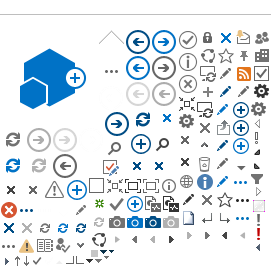Latest On The Conservation Gateway
A well-managed and operational Conservation Gateway is in our future! Marketing, Conservation, and Science have partnered on a plan to rebuild the Gateway into the organization’s enterprise content management system (AEM), with a planned launch of a minimal viable product in early FY26. If you’re interested in learning more about the project, reach out to megan.sheehan@tnc.org for more info!
Page Content
This step helps you identify the various factors that immediately affect your project’s focal targets and then rank them, so you can concentrate your conservation actions where they are most needed. Specific questions that this step answers include:
- “What threats are affecting our targets?”
- “Which threats are more of a problem?”
Coaches' Resources
